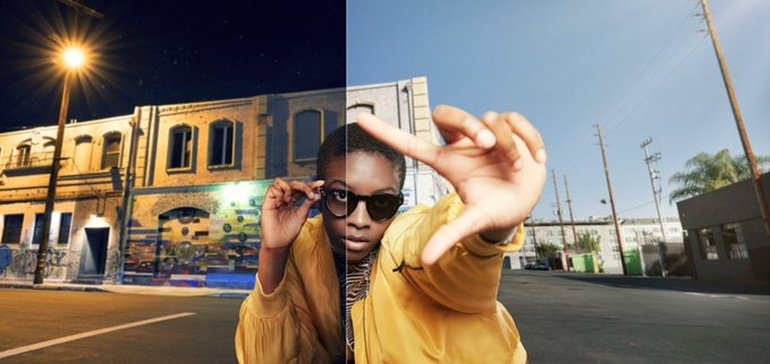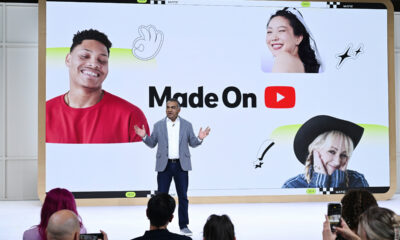SOCIAL
Meta Launches Ray-Ban Stories in Four New Markets, Adds New Technical and Stylistic Features

They may not be fully-enabled AR glasses, and they may not have become the next ‘must-have’ tech gadget just yet. But obviously, Meta is seeing positive response to its Ray-Ban Stories sunglasses collaboration, because today, the company has announced that its camera-equipped glasses will be made available in four new regions.
As per Meta:
“We’re excited to announce that we’re rolling out Ray-Ban Stories, our first-ever smart glasses, launched last year in partnership with EssilorLuxottica, in four new countries. Starting at €329, Ray-Ban Stories will be available online and in select retail stores in Spain, Austria, and Belgium beginning March 17, and in France beginning April 14.”
Ray-Ban Stories, which Meta initially launched last September, include a multi-camera capture system, which enables the wearer to record what they’re seeing at any given time by tapping a button on the top of the arm.
Which is much like Snapchat’s Spectacles, which Snap launched in 2016, five years earlier than these. The main variation is that Meta has worked with EssilorLuxottica to create more stylistic, visually appealing glasses, while functionally, Meta also has grander ambitions for the device over time.
Aside from enhanced audio, via open-air speakers, and the capacity to use voice commands, Ray-Ban Stories also enable users to make phone calls, send messages, and hear message readouts via Messenger. That expands on the capacity of the glasses over Snap’s Spectacles, which can only be used for capture, while Meta has also announced some new updates to improve its evolving device.
Ray-Ban Stories will also soon enable longer recording time (up to 60 seconds of video at a time), while it’s also adding support for voice commands in French and Italian.
And logically, the Facebook View app will now also be available in French, Spanish, Dutch, and German, in line with the expanded availability.

Meta’s also adding new color and lens variations, including Transitions lenses, incorporating more stylistic elements.

Which seems like a lesser consideration – but then again, Google Glass was basically shut down as a consumer project, at least in part, because people hated the way that they looked. Which probably doesn’t bode well for Snap’s initial version of its AR-enabled glasses.

Will that be enough, however, to give Meta the edge, with its more stylistic, more integrated camera glasses looking much better than its competitors?
It’s impossible to say for sure at this stage, but it is a factor – through you would expect that the capacity to use fully AR-enabled glasses would be a bigger element, and the company that can get there first, and create the best user experience in this sense, will likely win out in the longer term.
On that front, you would think that Meta will eventually be best-placed, given its significant advantages in resources. And with its Project Aria development now well underway, it does seem like only a matter of time before we do have fully AR-enabled Ray-Ban Stories available around the world.
Though I also wouldn’t count Snap out. Snapchat’s own AR glasses have been in live development with a range of creators for the past year, while Snap has also worked with Apple and Google, at various stages, on new AR developments and improvements.
That could see Snap well-placed to form commercial partnerships with the tech giants on the next stage, which could see it either compete, or even best Meta in the coming battle for AR wearable supremacy.
Which is coming. AR glasses will be commercially available, some time soon, and that’ll spark a major push for the next wave of integrations, ads, improvements, features, etc.
Ray Ban Stories are not an essential consideration as yet, but this is another small step towards the next stage of digital connection.
Source link



















You must be logged in to post a comment Login